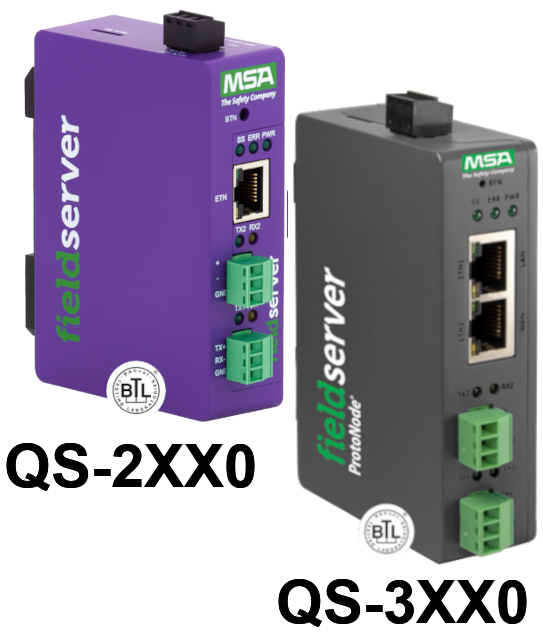Troubleshooting Guide for BACnet MS/TP Networks
Diagnosing issues on a BACnet MS/TP (Master-Slave/Token-Passing) network involves a systematic approach to identify and resolve communication problems. Here are the steps you can take:
1) Physical Layer Inspection
- Check Cabling: Inspect all network cables for physical damage, kinks, or improper connections.
- Verify Wiring: Ensure correct polarity and that the A and B lines are not swapped.
- Terminations: Check that proper termination resistors (typically 120 ohms) are installed at both ends of the MS/TP trunk.
- Grounding: Verify that shielded cables are properly grounded at one end to prevent ground loops.
2) Device Configuration
- MAC Addresses: Ensure that all devices on the network have unique MAC addresses within the valid range (0-127 for masters, 128-254 for slaves).
- Baud Rate: Confirm that all devices are set to the same baud rate (common rates are 9600, 19200, 38400, 76800, or 115200 bps).
- Max Masters: Check that the "Max Masters" parameter is configured correctly on each device, reflecting the highest MAC address of any master device on the network.
3) Network Monitoring
- Capture Network Traffic: Inspect all network cables for physical damage, kinks, or improper connections.
- Token Passing: Ensure correct polarity and that the A and B lines are not swapped.
- Error Messages: Check that proper termination resistors (typically 120 ohms) are installed at both ends of the MS/TP trunk.
- Grounding: Verify that shielded cables are properly grounded at one end to prevent ground loops.
4) Check for Duplicate Addresses
- Address Conflict: Ensure no two devices have the same MAC address, as this will cause communication failures.
5) Device Health Check
- Power Supply: Verify that each device has a stable and sufficient power supply.
- Device Status LEDs: Check LEDs on the devices for error indications.
6) Segment Testing
- Isolate Segments: If the network is large, break it into smaller segments and test each segment individually to localize the issue.
- Reintegration: Once the problematic segment is identified, further narrow down to the faulty device or connection.
7) Firmware and Configuration Updates
- Firmware: Ensure that all devices have the latest firmware updates.
- Configuration: Verify that devices are configured correctly according to the manufacturer's specifications and network requirements.
8) Communication Errors
- Check Error Counters: Some devices provide counters for communication errors (e.g., CRC errors, framing errors). High counts can indicate physical layer problems or noisy environments.
- Retry Mechanism: Investigate if devices are frequently retrying communication, which can indicate underlying issues.
9) Consult Documentation and Logs
- Device Manuals: Refer to the manuals and documentation of the devices for troubleshooting tips specific to those models.
- Network Logs: Check logs from network management software for any anomalies or error messages.
10) Professional Tools
- BACnet Diagnostic Tools: Use professional diagnostic tools designed for BACnet MS/TP networks to perform detailed analysis and troubleshooting.
- Training and Support: Consider training for deeper understanding and troubleshooting, and consult the manufacturer's technical support if needed.
By following these steps, you can systematically diagnose and resolve issues on a BACnet MS/TP network, ensuring reliable and efficient communication among all devices.
Integration Solutions
Chipkin has integration solutions for almost every situation. We specialize in network protocol communications and have over 20+ years of experience. Click for more information:
